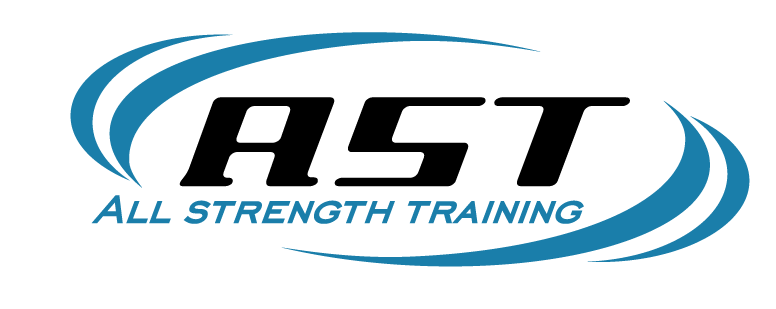Learning to Squat
Here’s the bottom line: you need to learn how to squat. Period. No machine or fancy device is going to reproduce the physical benefits of a full free-standing squat, and there is no greater test of one’s physical prowess. So squat, and squat well.
Now, you might be saying, “I want to squat, I just can’t do it right.” Well, after reading the rest of this article you can just throw that excuse right out the window, because what follows is a series of 4 videos designed to take a rank beginner through some essential tips and tricks to make you a better squatter before you even try to climb under a barbell for the first time.
The goal here is to make sure that you’re capable of performing each step before moving on to the next. Until you’re proficient at step 1, there’s no need to work on step 2, as it’s probably just going to result in you practicing wrong and developing bad habits. So don’t do that.
Step 1: Face-the-Wall Squats
A note: I’ve seen many people who thought they knew how to squat and seen them fail miserably at the face-the-wall squat. It’s not to be underestimated.
Step 2: The Box Squat
Another note: I like to use box squats as a teaching aid, but for the most part I no longer condone using them as a replacement for the traditional squat for the general population due to the lack of carryover to the squat and due to a lesser degree of muscle hypertrophy. They’re useful for competitive powerlifters and maybe for those with extensive knee injuries, but other than that, don’t ditch free squats for box squats entirely.
Step 3: The Bodyweight Squat
There’s no point in trying to add weight to your squat until you can do it well without weight. I’d suggest being able to do 10-12 clean bodyweight squats to parallel or lower before introducing a barbell.
Step 4: The Barbell Squat
A final note: don’t be a bitch and do half-squats. Go all the way down or the weight is too heavy. Period.
